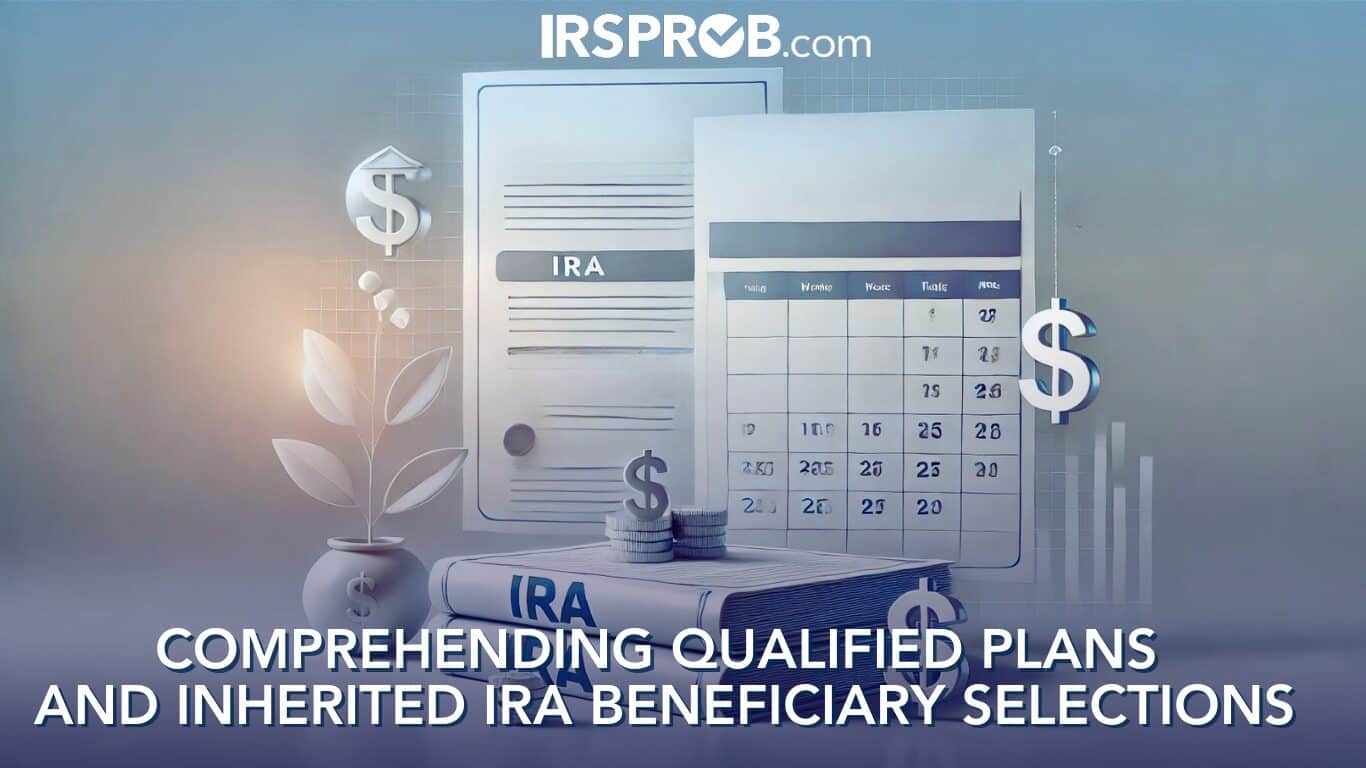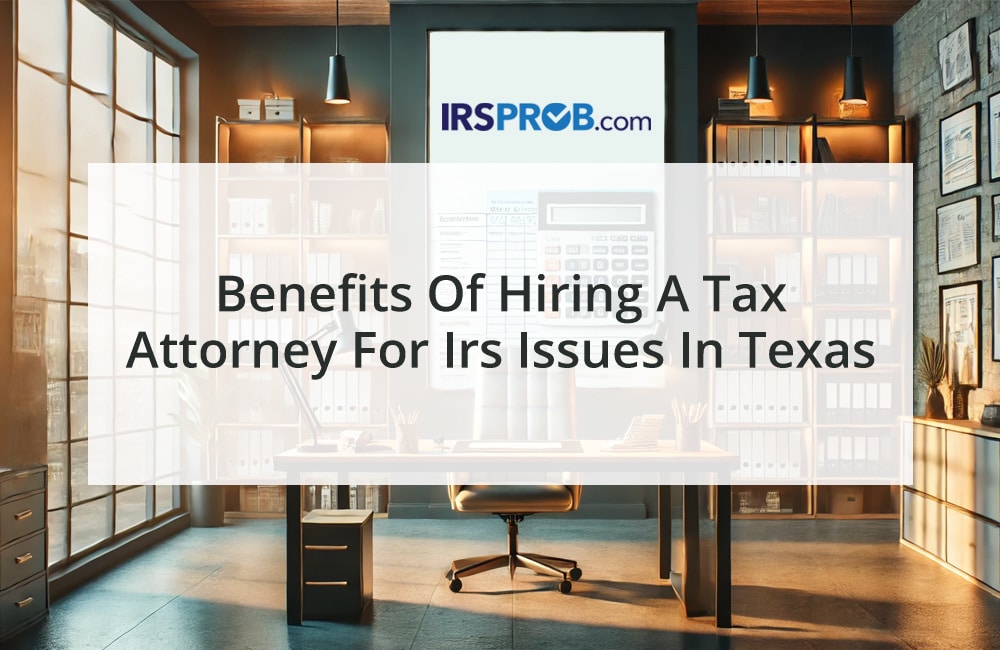
When it comes to inheriting an IRA or qualified retirement plan, beneficiaries have several key choices to make. Business owners, who often rely on IRAs as part of their retirement planning, should understand these options to ensure they make tax-smart decisions. Whether you’re inheriting a Traditional IRA, Roth IRA, or a qualified retirement plan, the rules are different depending on whether you’re a spouse or a non-spouse beneficiary. Let’s break down these considerations in an understandable way for business owners.
Inherited Traditional IRAs
If you inherit a Traditional IRA, your options vary depending on whether you’re a surviving spouse or a non-spouse beneficiary.
Choices for a Surviving Spouse
A surviving spouse has three main options:
- Treat the IRA as your own: You can roll the inherited IRA into your own, which allows you to continue contributing and defer taxes. This is an ideal option for those not needing immediate access to the funds.
- Rollover into a Qualified Plan: You may also roll over the IRA into a qualified employer or annuity plan, which can help diversify your retirement portfolio.
- Treat Yourself as the Beneficiary: If you prefer not to merge the inherited IRA with your own, you can continue treating it as the decedent’s IRA. This option may be beneficial if you want to take Required Minimum Distributions (RMDs) based on the deceased spouse’s age.
If you are under 59½ and roll the IRA into your own, be cautious about early withdrawals, as they will be subject to the 10% early withdrawal penalty unless exceptions apply.
Non-Spouse Beneficiaries
As a non-spouse beneficiary, you cannot treat the IRA as your own. However, you can transfer the inherited IRA into a newly established account under your name. For example, a trustee-to-trustee transfer allows you to avoid immediate taxation while maintaining tax-deferred growth.
RMDs must continue if they were initiated by the original IRA owner. The inherited IRA must be fully distributed within ten years after the IRA owner’s death, but certain eligible designated beneficiaries (like a child under 21 or someone with a disability) can stretch distributions over their lifetime, providing more time for the funds to grow.
Inherited Roth IRAs
Roth IRAs, with their tax-free growth and withdrawals, have similar rules for beneficiaries. While there are no RMDs during the account owner’s lifetime, once inherited, the 10-year rule applies to most beneficiaries. However, a spouse may delay distributions until the deceased would have turned 73 or roll the Roth IRA into their own.
Taxation Considerations for Roth IRAs
Roth IRAs generally come with tax-free distributions. However, if the Roth IRA owner dies before meeting the five-year rule (the period during which contributions must sit in the account before withdrawals are tax-free), some distributions could be taxed. This situation mainly applies to non-qualified distributions, so planning to meet this rule can help beneficiaries avoid unnecessary taxes.
Beneficiaries of Qualified Plans
When it comes to qualified plans (such as pensions or 401(k)s), beneficiaries must report income similarly to how the plan participant would have. However, there are unique aspects, like excluding part of nonperiodic distributions or calculating the tax-free portion of survivor annuities. Understanding how much of the employee’s contributions were after-tax can help minimize the taxable amount for beneficiaries.
Key Takeaways for Business Owners
Business owners often rely on IRAs and other retirement plans as critical components of their financial future. When inheriting such accounts, understanding the tax implications and distribution rules is essential to avoid costly mistakes. Some important points to consider:
- Timing is everything: RMDs and the 10-year rule apply in different ways depending on whether the account was a Traditional or Roth IRA and whether the owner had begun RMDs before death.
- Beneficiary status matters: Being a spouse, non-spouse, or eligible designated beneficiary changes your options and how quickly you need to take distributions.
- Plan for taxes: For business owners inheriting large accounts, tax planning with a professional can help spread out the tax burden or utilize strategies like Roth conversions to minimize future liabilities.
Outside Insights:
Given the complexity of these decisions, it’s wise to consult with a tax advisor, especially in light of recent changes under the SECURE Act. The SECURE Act reduced the ability for most beneficiaries to “stretch” an inherited IRA over their lifetimes. Now, non-spouse beneficiaries have to deplete the account within ten years, a significant change from prior rules that allowed for potentially decades of tax-deferred growth.
Conclusion
Understanding your options when inheriting an IRA or qualified plan can save you from significant tax burdens and help you make the most of your inheritance. Be proactive about consulting with a tax professional to ensure your decisions align with your overall financial goals and obligations.
By keeping informed and planning ahead, business owners can manage inherited retirement accounts efficiently while keeping Uncle Sam at bay.








